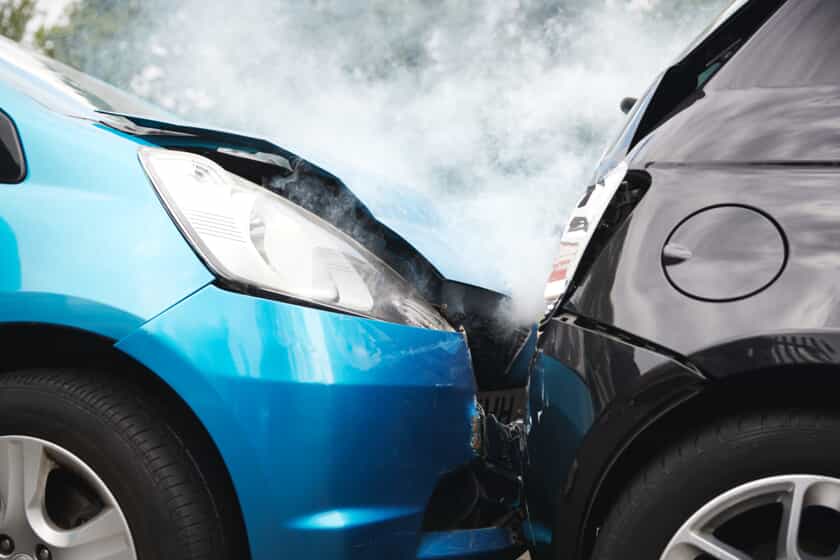
Finding out who is at fault for a car accident is a task that is at the same time very straightforward and also very complicated. At essence, the question comes down to which party was negligent in a legal sense. In many cases, common sense dictates that a driver, cyclist, or pedestrian was careless or not paying the appropriate amount of attention; but unless you are already well-versed in traffic laws from all sides, it’s difficult to know exactly what laws were broken. It is therefore a good idea to establish some official support for your conclusion. In addition, it is a good idea to contact a personal injury lawyer who may be able to help you with the information you need.
One of the most important reasons to make sure that you contact the police when you experience a car accident is that a police officer will generally provide you with a written report documenting the accident. If they are unable to provide one at the scene, most officers will give you directions for getting in contact with the traffic division to obtain a copy. Some police reports will plainly state an officer’s opinion that someone violated a specific traffic law; further some officers will go on record as stating that this behavior caused or at least contributed to the accident. In other cases, the police may mention that there was negligent behavior without stating the violation.
Another resource available to you is your state’s traffic laws. These rules of the road are contained in each state’s statutes and are generally known as a “vehicle code.” Your county DMV likely has a simplified version of the rules of the road as part of its new driver resources; in addition, the complete code is often available at public libraries, and certainly is available in law libraries across the state. Using the vehicle codes, you can learn about the laws pertaining to issues surrounding your accident; for example, the state laws governing right of way, roadway markings, and speed limits. Many libraries also have staff trained specifically to assist with research, and some states have their vehicle codes available online as well.
There are certain types of accidents that are generally considered to be nearly always the fault of one driver in the situation. An example of this is rear-end collisions; with few exceptions, these accidents are considered the fault of the driver whose car collides with the other, no matter what it was that caused you to stop. Keep in mind however in rear-end collisions that issues such as faulty or broken brake lights can contribute to your own negligence. In addition, rear-end collisions that involve insurance scams, or accidents where the car in front of you backs up and hits you, are exceptions to this rule. Another type of accident that is generally assigned fault automatically is when a car is making a left turn. Exceptions to this rule can occur if the car going straight was going well over the speed limit, or through a red light, with one or two other scenarios also mitigating liability on the part of the left-turning driver.
The best way to know the truth about the fault of your accident is to ensure that you give all of the details to the police, make sure that the police arrive at the scene of the accident, and contact a personal injury lawyer who has a thorough knowledge of the state’s vehicle codes.

